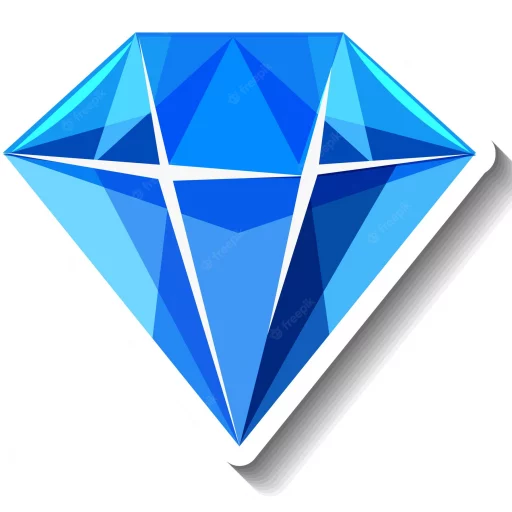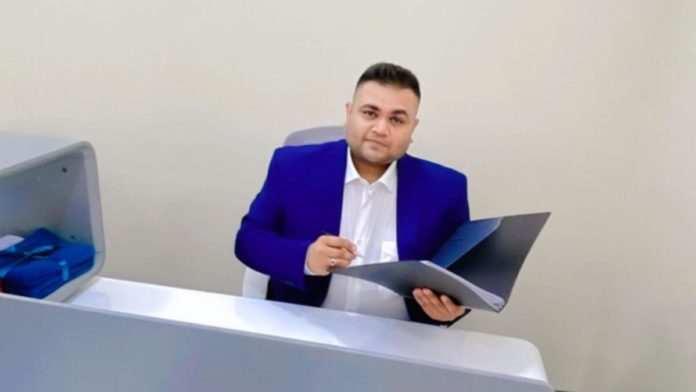
Mihir Sagar is one of the most prominent names in the diamond industry. After gaining years of experience in Dubai as a diamond concierge, Sagar flew back to India in 2015 to start his business after completing five years of training under his cousin’s guidance. He is now a successful diamond merchant who is working hard and efficiently to fulfil his goal. He has completed his gemmology course from GIA (Gemological Institute of America), gaining his expertise in diamonds. He is helping people all around the globe to uncover the scams through his Instagram handle, @macsagar.
Talking about the diamond industry in brief, he says, diamonds are categorised by 4 Cs, which are colour, clarity, cut, and carat. Those categories are graded by the top three laboratories in the world: GIA (Gemological Institute of America), IGI (International Gemological Institute), and HRD (Hoge Raad voor Diamant).
When buying a diamond, whether small or large, diamond experts and merchants prefer buying diamonds that have been approved and confirmed by the GIA, because it is the most well-known and trusted institute. GIA charges a high fee for the diamond’s approval and for generating a report, which covers every dainty detail such as the diamond’s size, colour, quality, and as well as its category. Sagar also highlighted that all 4 Cs must be mentioned in the report. Since it is a time-consuming process, GIA takes 30-40 days to complete the report, and they charge according to the size of the diamond.
He shared his experience from the initial days when he used to buy diamonds with the help of the brokers, back when he was doing business with Zero Capital. To buy diamonds with the help of suppliers, one needs to build trust, and Sagar had to buy on credit, so he used to approach brokers where they charge one per cent commission on the entire value of the deal and give the credit for 10-15 days.
As every coin has its side, working with diamond brokers was not as glamorous as you may think. Brokers are freelancers, who do not own any kind of office or documents, this might land you in trouble, especially when there are so many scammers around. But there is a way to get out of this, as some brokers do have the diamond merchant association’s card; otherwise, there are hardly any records of genuine freelancer brokers. As soon as he started buying and selling diamonds, with time, he got acquainted with CVD (Chemical Vapour Deposition). CVD, which is a substitute for diamonds, is a lab-grown diamond, in contrast to natural diamond, which is formed by geological process and extracted through mining. If you will see the proportion and chemical formula of CVD and diamond, you will not find any kind of difference, as it is 99.9 per cet identical to a natural diamond. Even if you test your diamond using a diamond testing machine, it will not show any kind of foul play and this has played a vital role in the game of scamming, giving the scammers an upper hand. The selling point of CVD is that it is much cheaper than real diamonds. And as obvious as it may seem, this gives them an advantage.
Some scammers used to get the CVD cut as per the size of the GIA certified diamonds and started doing the laser inscription in which they put the number on the girdle of the diamond. Using technologies from China, they started doing this as the number on the girdle shows it is pure and original when you verify it on GIA’s website. The GIA report number is inscribed microscopically on the diamond’s outer girdle. The laser inscription provides buyers with a one-of-a-kind way to link their GIA report to the diamond. You can get an electronic copy of your diamond grading report by entering this number on the GIA website.
Now, the big question arises, how they can make copies of certificates? So, answering this question, Sagar said copying the report was very easy for these scammers, as they used to hand over the original certificate and sometimes the regular customers do not take certificates based on goodwill. So, the one which remains with them is used to duplicate the process of inscribing the number on the girdle. Once it is done, it becomes very difficult to test and detect such diamonds using the local diamond testing machines. It cannot be done unless it is sent to the GIA, HRD, or IGI. But the process was so lengthy and cost-bearing that one would never choose that option. So, the suppliers and brokers started doing this scam, which only increased with time, while some were doing it unknowingly, there were quite a few fraudsters who were acing this process. And when being available at such a low price, this has become a real scam machine.
Being a diamond merchant, Sagar already had an idea but it was very difficult to distinguish between them, as of until 2020, it started almost everywhere. So, he suggests purchasing a diamond from a reputable shop, so that will at least give you some chance of it being genuine. But even if the diamond merchant is well-known, still you should know how to distinguish a lab-grown CVD diamond from a real one, says Sagar. The tip is that you can buy a diamond without certification, and then you can go for the certification by yourself in the laboratory, and there you can know about the accuracy. Or else, the other option is that you must check the position of inclusions of the diamond mentioned in the certificate and compare it with the purchased diamond. If you find any kind of difference in the inclusions then you must give the diamond for recertification even if it takes a lot of time, giving more time is better than buying a fake diamond at the cost of an original one. These scammers will keep advancing their tricks but thanks to merchants like Sagar, we can tell a diamond in the rough, from the bluff.


